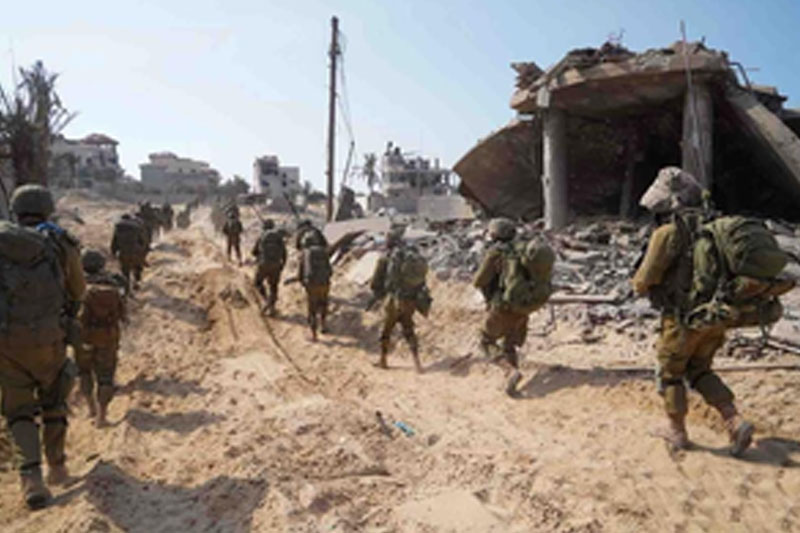Israel Expands Control Over 50% of Gaza Strip, Buffer Zones Raised Amid Allegations of Systematic Destruction
Over 50% of Gaza is now under Israeli military control, with Palestinians pushed into increasingly confined areas amid rising concerns of long-term occupation and human rights violations.

Gaza/Israel: Israel has dramatically increased its territorial control within the Gaza Strip since relaunching its military campaign against Hamas last month. Over 50% of Gaza is now under Israeli military control, with Palestinians pushed into increasingly confined areas amid rising concerns of long-term occupation and human rights violations.
Table of Contents
The largest contiguous area under Israeli control lies along the Gaza-Israel border, where troops have razed homes, farmland, and infrastructure, creating a military buffer zone that, according to rights groups and Israeli soldiers, has become uninhabitable. This zone has reportedly doubled in size in recent weeks.
Buffer Zones and Strategic Corridors
According to the anti-occupation group Breaking the Silence, Israeli forces have methodically destroyed land and buildings across the buffer zone to prevent displaced Palestinians from returning. Satellite images show widespread damage and at least a dozen new military outposts established after the temporary ceasefire ended in January.
Israeli forces have also seized the Netzarim Corridor, a strategic strip of land dividing northern and southern Gaza. Prime Minister Benjamin Netanyahu recently announced plans to establish another corridor across southern Gaza, cutting off the city of Rafah from the rest of the enclave.
Together, the buffer zone and these corridors form a belt of Israeli military control that splits Gaza into isolated pockets, worsening the humanitarian situation for over 2 million residents.
Eyewitness Accounts and Military Testimonies
Several Israeli soldiers, speaking to the Associated Press on condition of anonymity, confirmed that the military had orders to flatten farmland, destroy irrigation systems, and demolish buildings, including schools and factories.
One soldier described the zone as a “kill zone”, saying that anyone, including women and children, coming within 500 meters of military vehicles could be shot. “We’re killing them, their wives, their children, their cats, their dogs,” he added, expressing anguish over the scale of destruction.
Human Rights Concerns
Human rights organizations have warned that Israel’s expanding control in Gaza could amount to ethnic cleansing. Nadia Hardman, a researcher at Human Rights Watch, said the deliberate destruction and displacement of civilians could be classified as war crimes under international law.
The Israeli army responded by stating that its operations are based on intelligence and that it acts within the bounds of international law, focusing on protecting Israeli citizens and avoiding civilian harm.
Long-Term Plans?
While Israel has framed the expanded buffer zones as temporary security measures aimed at pressuring Hamas to release the remaining hostages from the October 7 attack, Prime Minister Netanyahu has made statements hinting at long-term Israeli security control in Gaza even after Hamas is dismantled.
Netanyahu also referred to a controversial proposal, aligned with former US President Donald Trump’s plan, to encourage the “voluntary emigration” of Palestinians from Gaza—sparking further alarm among rights groups.
Conclusion
The situation remains volatile, with military operations ongoing, hundreds of thousands of Palestinians displaced, and vast areas of Gaza reduced to rubble. As international scrutiny grows, the future of Gaza and its residents remains uncertain amid escalating claims of humanitarian violations and territorial annexation.
